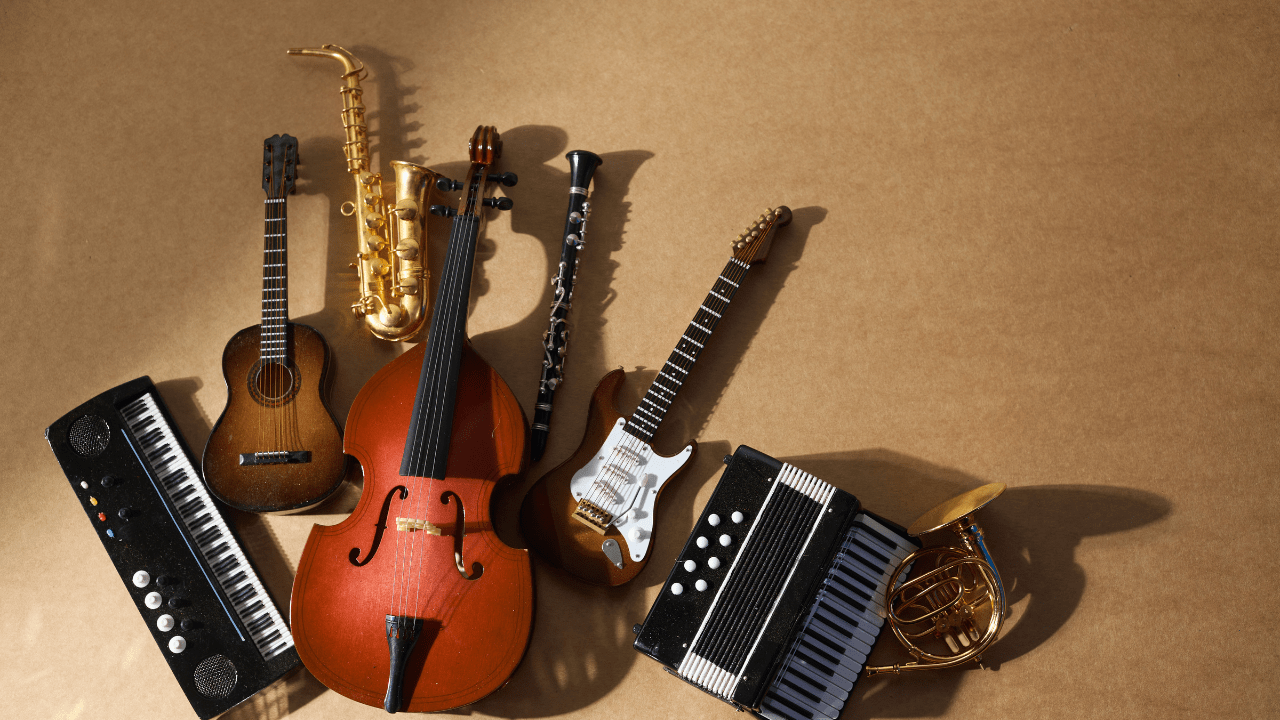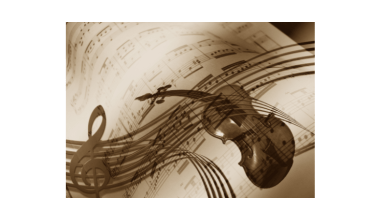Instruments that you play with fingers have a unique charm. They allow for personal expression and intimate connection with music. From the gentle strumming of a guitar to the delicate plucking of a harp, these instruments bring sound to life through the movement of your fingers.
This article dives into the many types of finger-played instruments. It explores their origins, how they are used, and why they remain popular today. These instruments have shaped music across cultures, and they continue to inspire artists worldwide.
What Are Finger-Played Instruments?
Finger-played instruments are those that require direct interaction with strings, surfaces, or keys using fingers. These instruments are versatile. Some produce melodies, while others focus on rhythm. They can be acoustic, like a harp, or electronic, like a synthesizer.
The beauty of finger-played instruments lies in their ability to adapt. Musicians use techniques like strumming, plucking, tapping, and pressing to create a variety of sounds. This makes them ideal for solo performances and group settings.
Popular String Instruments You Play with Fingers
String instruments are some of the most iconic finger-played instruments. They produce sound when strings vibrate, either by plucking, strumming, or bowing. Here are a few examples:
- Guitar:
The guitar is perhaps the most well-known instrument you play with fingers. From acoustic to electric, it’s used in almost every genre. Players can fingerpick or strum to produce melodies and chords. - Harp:
The harp is another classic string instrument. It requires delicate finger movements to pluck its strings. Harps vary in size, from small lap harps to large orchestral versions. - Ukulele:
The ukulele is a smaller string instrument similar to a guitar. Its cheerful tone makes it a favorite for beginners and professionals alike. - Banjo:
The banjo combines rhythm and melody. Its strings are plucked with fingers or a pick, often creating fast, lively tunes.
These instruments are not just tools for music—they are also expressions of culture and history.
Key-Based Instruments Played with Fingers
Instruments with keys also rely on finger interaction. Each key press produces a unique sound, making them versatile in music composition.
- Piano:
The piano is a staple of classical and contemporary music. Players use their fingers to press keys, which strike strings inside the instrument. - Keyboard:
The electronic keyboard offers endless sound possibilities. It’s used in genres ranging from pop to jazz. - Accordion:
The accordion is a portable key-based instrument. Players use their fingers to press buttons or keys while expanding or compressing the bellows.
Percussion Instruments Played with Fingers
Percussion instruments that you play with fingers focus on rhythm. They produce sound when struck, tapped, or rubbed.
- Congas:
Congas are tall drums played with the hands and fingers. They are often used in Latin music. - Bongos:
Bongos are smaller drums, typically played as a pair. They are struck with fingers to produce high-pitched rhythms. - Cajón:
The cajón is a box-shaped drum. Players sit on it and use their fingers to tap its surface, creating a range of tones. - Tabla:
The tabla is a traditional Indian percussion instrument. It’s played with fingertips and palms, creating intricate rhythms.
These instruments add energy and depth to musical compositions.
Unique Instruments You Play with Fingers
Some finger-played instruments don’t fall into standard categories. They are unique in design and sound.
- Kalimba:
Also known as the thumb piano, the kalimba is a small African instrument. Players pluck metal tines with their fingers to create soft, melodic tones. - Sitar:
The sitar is a traditional Indian string instrument. Its complex design requires skillful finger movements to produce resonant, layered sounds. - Theremin:
The theremin is one of the few instruments you play without touching it. However, players use their fingers to control sound by moving them near its antennas.
Techniques for Playing Finger-Based Instruments
Learning finger-played instruments involves mastering specific techniques. Here are a few common ones:
- Plucking:
Used in string instruments like the guitar and harp, plucking involves pulling the string with your fingers to produce a clear tone. - Tapping:
Common in percussion instruments, tapping creates rhythm and dynamics. - Fingerpicking:
Fingerpicking is popular in guitar and ukulele playing. It involves plucking strings with individual fingers instead of strumming. - Sliding:
Sliding is a technique where players glide their fingers along strings or surfaces to change pitch or tone.
Practicing these techniques helps musicians create expressive and intricate sounds.
Cultural Significance of Finger-Played Instruments
Instruments that you play with fingers have deep cultural roots. They are integral to traditional music in many regions. For example:
- The sitar and tabla are key to Indian classical music.
- Congas and bongos are central to Afro-Cuban rhythms.
- The harp has a long history in European folk and classical traditions.
These instruments connect us to history and heritage.
The Modern Appeal of Finger-Played Instruments
Today, finger-played instruments remain popular for several reasons:
- Versatility:
They are used in various genres, from classical to rock. - Portability:
Many finger-played instruments, like the ukulele and kalimba, are easy to carry. - Emotional Connection:
Playing an instrument with your fingers feels personal. It allows for direct expression. - Ease of Learning:
Some finger-played instruments, like the kalimba and cajón, are beginner-friendly.
Conclusion:
Instruments that you play with fingers offer a unique way to connect with music. Their versatility, cultural significance, and emotional appeal make them timeless. Whether you’re strumming a guitar, tapping a cajón, or pressing piano keys, these instruments let you express yourself in powerful ways.
Related Articles:
For further reading, explore these related articles:
- Easiest Instruments to Learn for Adults: Start Your Musical Journey
- Simple Musical Instruments for Beginners of All Ages
- Easy-to-Learn Instruments | Beginner’s Guide to Music
For additional resources on music marketing and distribution, visit Deliver My Tune.






